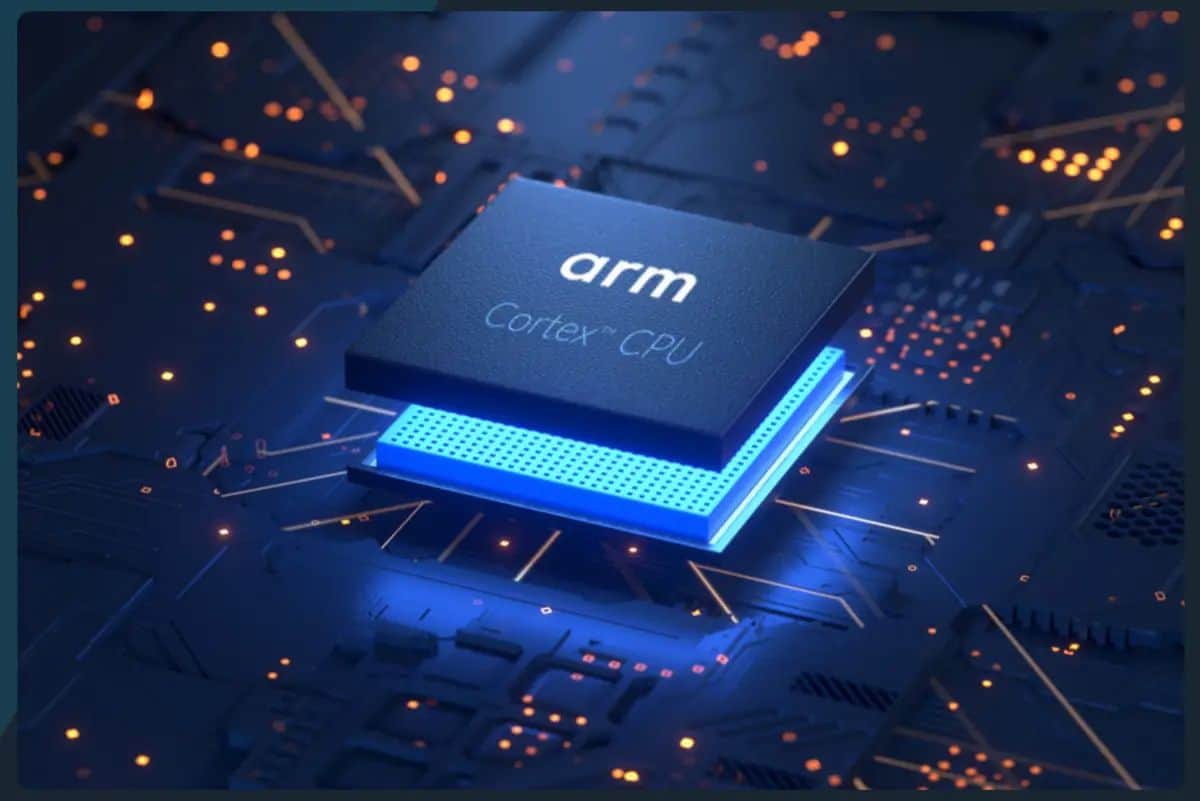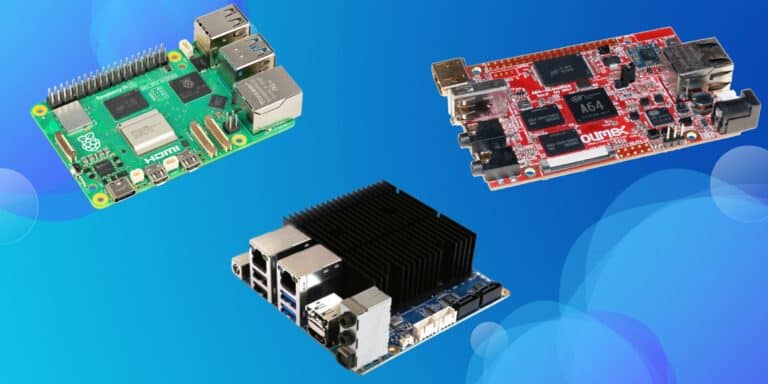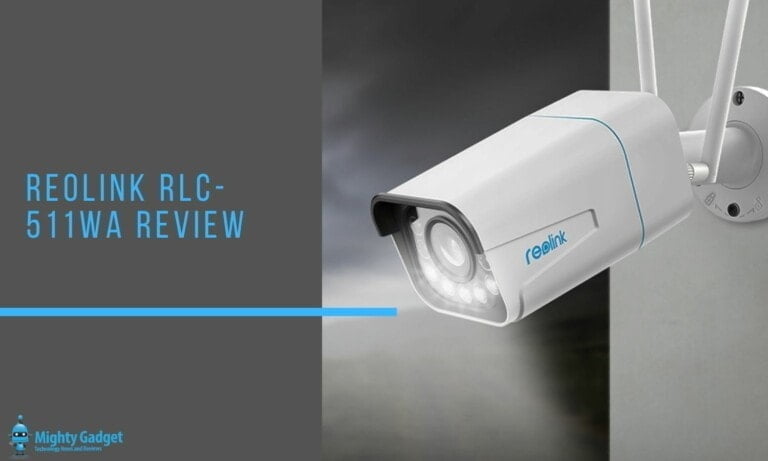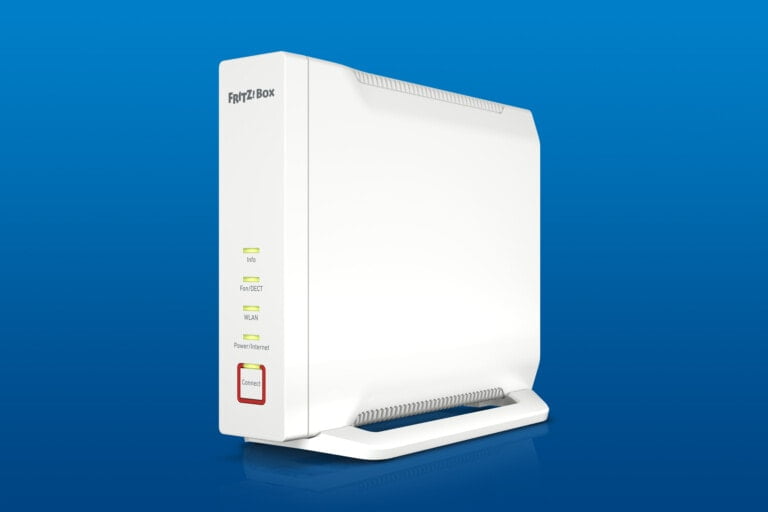Any links to online stores should be assumed to be affiliates. The company or PR agency provides all or most review samples. They have no control over my content, and I provide my honest opinion.
In the realm of computing, the architecture that powers your devices is much like the engine under the hood of a car—it’s essential, complex, and fascinating for those of us who care to delve deeper. As someone who’s spent countless hours dissecting various technologies, I find the debate around processor architectures—namely, Arm, x64, and x86—particularly intriguing. This post aims to unpack the intricacies of these architectures, their advantages, disadvantages, and how they fit into the broader technology landscape.
Arm vs X64 vs X86 Comparison
| Attribute | Arm | x64 | x86 |
|---|---|---|---|
| Instruction Set | RISC (Reduced Instruction Set Computing) | CISC (Complex Instruction Set Computing) | CISC (Complex Instruction Set Computing) |
| Power Efficiency | High | Moderate | Moderate to Low |
| Complexity | Low (Simpler Instructions) | High (Complex Instructions) | High (Complex Instructions) |
| Performance | Optimised for moderate performance and low power | High Performance | Good Performance |
| Typical Use Case | Smartphones, IoT, servers, some laptops | Most modern PCs, servers | Older PCs, some low-power devices |
| Memory Access | Up to 1TB (64-bit version) | Access to >4GB memory (64-bit) | Up to 4GB (32-bit) |
| Ecosystem Compatibility | Expanding (Mobile-focused, now entering desktop) | Broad (Most desktop applications) | Broad but aging |
| Customisability | Highly customisable (Many variants) | Less customisable | Less customisable |
| Market Presence | Dominant in mobile and IoT, growing in server | Dominant in desktop and server | Diminishing, mostly legacy systems |
| Multitasking Abilities | Moderate to High | High | Moderate |
| Price | Variable (Often lower due to licensing model) | Generally higher | Varies, generally lower for older models |
A Brief History: Understanding x86
Originally introduced by Intel in the late 1970s, x86 architecture has had a profound impact on the personal computer (PC) market. From my experience, x86 has been a staple in most conventional Windows laptops and desktops, offering robust performance and extensive software compatibility. It’s a CISC (Complex Instruction Set Computing) architecture, meaning that it has a large set of instructions, some of which may perform complex operations, thereby allowing for flexibility but at the expense of power efficiency.
The Rise of x64: 64-bit Computing
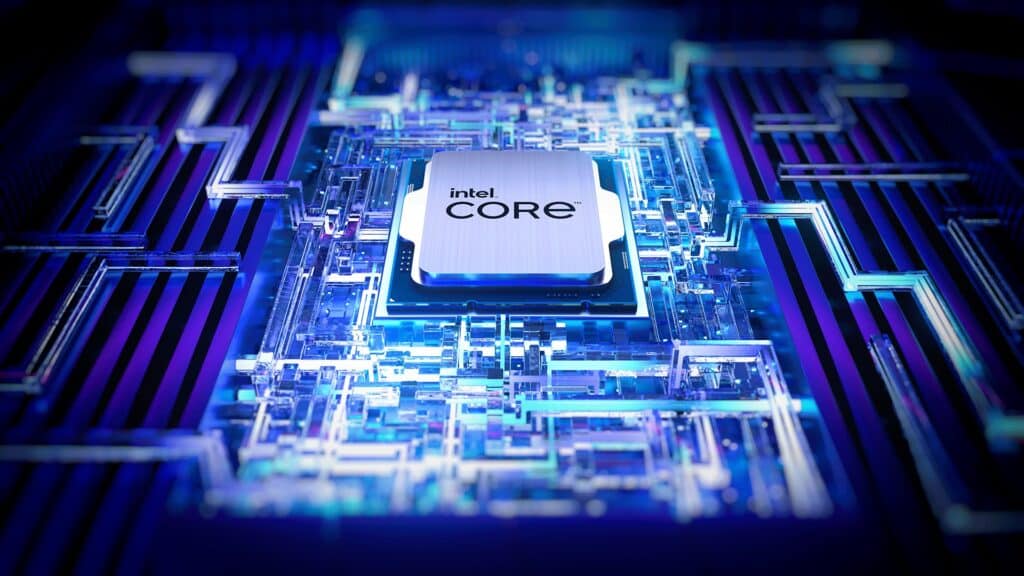
The x64 architecture is essentially an extension of x86, allowing for 64-bit computing. The transition to x64 has been incremental, and today, most modern PCs are equipped with x64 processors. If you’ve ever marvelled at your computer’s ability to handle large amounts of data smoothly or run demanding software without a hitch, you likely have the x64 architecture to thank. The significant advantage here is the ability to access more memory, theoretically surpassing the 4GB limit that was inherent in x86.
Intel
Arguably the most recognisable name in the world of x64 chipsets, Intel has been a staple in the industry for decades. Its Core i3, i5, i7, and i9 series of processors are omnipresent in desktops and laptops alike. Intel also manufactures Xeon processors, which are tailored for server environments and high-performance computing.
AMD
Advanced Micro Devices, or AMD, has been Intel’s primary competitor and has made significant inroads with its Ryzen and Ryzen Threadripper series. These chipsets have given Intel a run for its money, especially in terms of performance-to-price ratio. The company’s EPYC processors are also making waves in the server chipset market.
Arm Architecture: Mobile and Power Efficiency
Arm (originally Acorn RISC Machine) was developed in the 1980s and is primarily known for its RISC (Reduced Instruction Set Computing) architecture. In contrast to x86 and x64, Arm is designed for power efficiency and simpler instruction sets. It’s the go-to architecture for mobile devices and has also been making strides in servers and even desktop computing. As a tech enthusiast, I find it fascinating how Arm is making its presence felt, especially in laptops, offering longer battery life and instant-on capabilities, without compromising on performance.
The Comparative Landscape: Performance, Efficiency, and Ecosystem
When it comes to performance, x64 processors generally hold the upper hand due to their ability to handle complex instructions and access large memory spaces. On the flip side, Arm processors excel in power efficiency, which makes them ideal for portable and battery-powered devices.
Ecosystem compatibility is another factor to consider. While x86 and x64 boast broad software ecosystems, Arm has historically been limited in this regard. However, this gap is closing, with more software developers releasing Arm-compatible versions of their applications.
Future Implications: A New Paradigm
There’s a palpable shift occurring in the computing landscape, where Arm is emerging as a genuine contender for data centres and even desktop computing. In contrast, x86 and x64 are looking to improve power efficiency. These architectural shifts reflect broader trends in computing, from the cloud to edge computing, which necessitate both power efficiency and high performance. The debate around architecture is no longer confined to just one parameter but has expanded to include various factors like ecosystem compatibility, power efficiency, and future-readiness.
Conclusion
The battle between Arm, x64, and x86 architectures is far from settled. Each has its distinct advantages, disadvantages, and ideal use-cases. As someone who thrives on analysing every facet of technology, I find this to be an exciting time to be alive. The choices made today in processor architecture will influence computing for years to come, shaping everything from the smartphones in our pockets to the data centres powering our connected world.
The verdict? There’s no one-size-fits-all answer, but rather a nuanced landscape that caters to varying needs and applications. This continual evolution of processor architectures is not just an academic exercise but a critical factor shaping our digital future.
I am James, a UK-based tech enthusiast and the Editor and Owner of Mighty Gadget, which I’ve proudly run since 2007. Passionate about all things technology, my expertise spans from computers and networking to mobile, wearables, and smart home devices.
As a fitness fanatic who loves running and cycling, I also have a keen interest in fitness-related technology, and I take every opportunity to cover this niche on my blog. My diverse interests allow me to bring a unique perspective to tech blogging, merging lifestyle, fitness, and the latest tech trends.
In my academic pursuits, I earned a BSc in Information Systems Design from UCLAN, before advancing my learning with a Master’s Degree in Computing. This advanced study also included Cisco CCNA accreditation, further demonstrating my commitment to understanding and staying ahead of the technology curve.
I’m proud to share that Vuelio has consistently ranked Mighty Gadget as one of the top technology blogs in the UK. With my dedication to technology and drive to share my insights, I aim to continue providing my readers with engaging and informative content.

